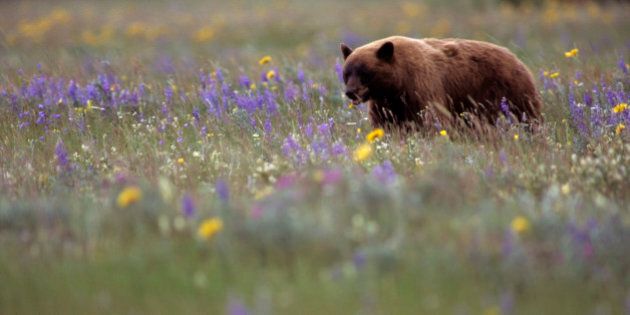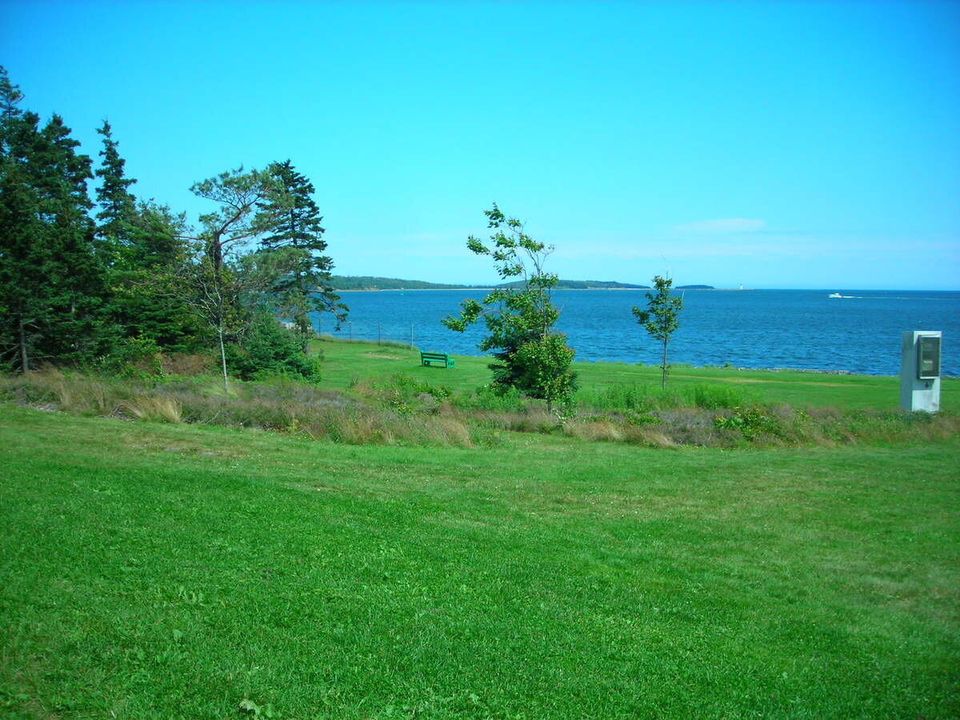
Canada is a country of wide open spaces. That means a lot of green space (and ice, but we digress) for gardens, arboretums, and straight up dazzling natural vistas. You could plan an entire vacation just visiting some of the best botanical gardens, arboretums, and parks across the country. There are hundreds of gardens across the country and we chose just a few that you really can’t miss.
Nova Scotia
Halifax
Point Pleasant Park is on the south west tip of Halifax. You can drive there, but the true beauty of it can only be found on the walking trails. Because it looks over the Atlantic ocean, if you're there in the early morning you can see the fog burn off as the sun rises. If you're lucky, you might see a seal or two taking a morning swim.
Wolfville
This garden takes up six beautiful acres of land on the grounds of Acadia University. It houses flora and fauna from the Acadian Forest Region, which not only makes it a beautiful space to visit, but provides educational opportunities for students to study the ecosystems of the region.
Annapolis Royal
The Historic Gardens is the place to go if you love roses. It has hundreds of roses, and the caretakers even put out a bloom report so you can go when the flowers are at their best. The gardens also have a reconstructed Acadian house, based (as they say) on the pre-deportation 1671 time period.
Ontario
Toronto
A 100-year-old conservatory in the heart of the city? Of course! It has a greenhouse filled with tropical plants, it plays host to a number of flower shows, and there are a total of six other green houses that display a permanent collection plants from around the world. The best part? You can get to this garden in the city via public transit.
Speaking of parks in the city, High Park is not to be missed if you're in Toronto. The largest public park in the city, it stretches from Bloor street to the lakeshore, has an off-leash area for dogs (who like to jump in the water), picnic areas, and even a zoo. If you're there in spring, do not miss cherry blossom season thanks to the Japanese sakura trees.
Burlington
These gardens have 27 kilometres of trails which take you through wetlands where you can observe fish, birds, and other wildlife. They also maintain 50 collections of wild plants as part of their research.
Niagara Parks Botanical Gardens
Tired of the Falls? (Seriously?) Then refresh your eyes with some of the green spaces in the Niagara region. There is the Niagara Parks Botanical Gardens which is the home of the Butterfly Conservatory. There are 99 acres of land so you can spend an entire day just admiring the greenery. For you romantics, they also have 2,400 roses.
Quebec
Montreal
Canada is really good at building city parks, and Mont Royal Park overlooking Montreal is one of them. It has 200 hectares of land. If you're willing to walk up (it's not a bad walk), you'll be at the highest point in the city (234 metres) and can see most of Montreal.
The park has everything you may need: green spaces, art for appreciation, and in the winter it's a great place for tobogganing or downhill skiing.
British Columbia
Vancouver
Speaking of parks in the city, this park defines Vancouver. Rent a bike and ride the almost nine kilometre sea wall around the park. Admire the giant trees and totems by members of the First Nations and when you need a break and just want to lie down and catch some sun, there are three beaches in the park. Just a word of warning: the water is cold, even in August.
Victoria
If you're in Victoria, rent a car and go to Butchart Gardens. It's worth the drive. The stunning Japanese maples, the roses; it's hard to believe that Butchart Gardens started off as a limestone quarry. Thanks to Jennie Butchart, this garden has been around for 100 years. If you go in summer, you can listen to concerts in simply stunning surroundings.
Alberta
Lethbridge
It's not Japan, but it's very, very close. It's one of the newer gardens, built in 1967 to recognize the contributions made by Canadians of Japanese ancestry. The goal, according to the park’s website, was to create a Japanese-styled garden that reflected the stunning Alberta scenery. Japanese architects, landscapers, and tradesmen created many of the features in Nikka Yuko and shipped them to Canada.
Edmonton
Want some pyramids with your plant life? Muttart Conservatory has greenhouses, public gardens and, yes, five pyramids. Four of them are for plants and the fifth is in the foyer of the entrance. Three of the pyramids represent a climate (temperate, arid, and tropical) with the corresponding plant life. The last pyramid covers a seasonal display depending on the time of the year.
We couldn't forget Banff, Canada's first national park. How big is it? Try 6,641 square kilometres; that's how big. All of that thanks to three Canadian Pacific Railway construction workers who accidently discovered a cave containing hot springs in 1883.
Jasper National Park
It's a bit smaller than Banff, and is considered the more laid-back park experience if you're in Alberta, but Jasper -- founded in 1907 -- has approximately 1,000 kilometres of trails and some spectacular wildlife. The park is divided into three "life zones": montane, subalpine, and alpine with the corresponding plant and animal life for each region. But if you want to see wolves, bears, and caribou, then this is the place to be.
